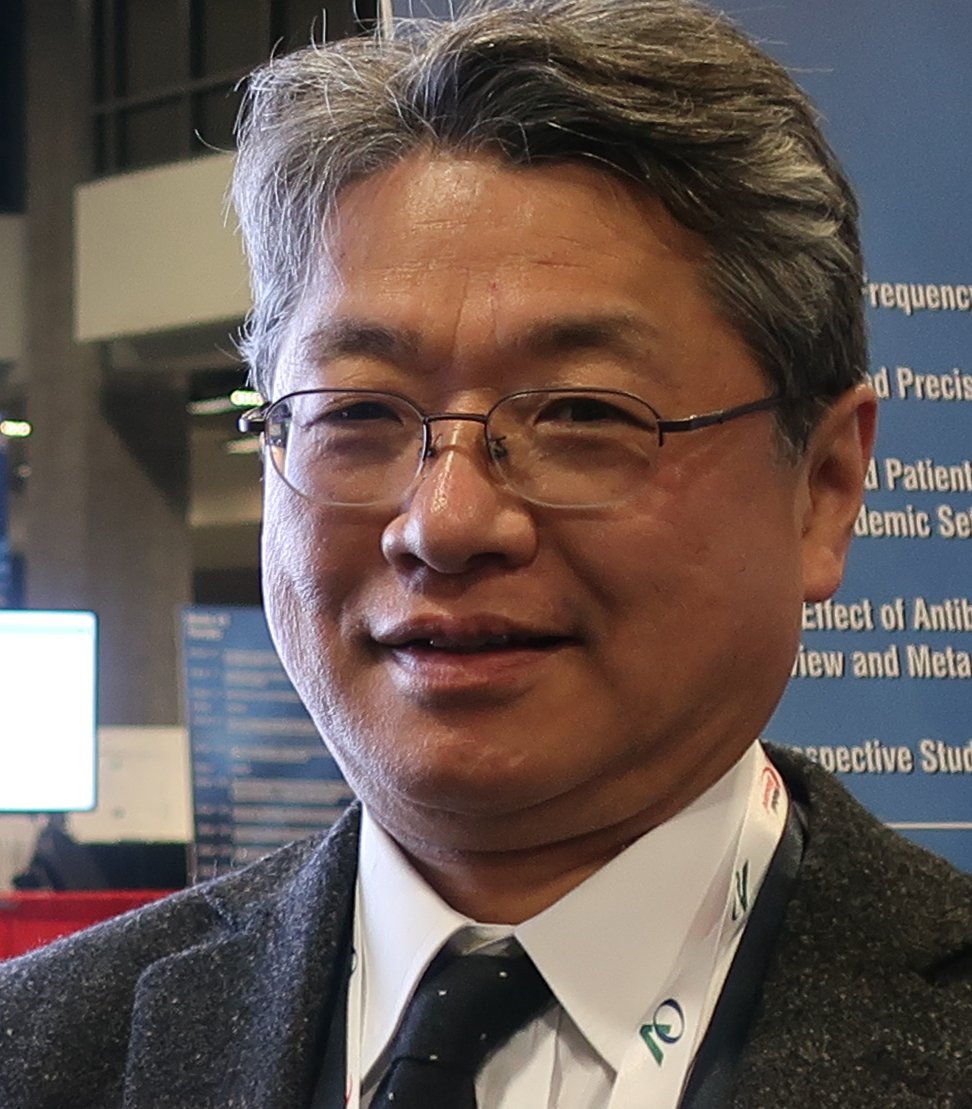Recent Progress in Regenerative Therapy Using Blood-Derived Biomaterials
A special issue of International Journal of Molecular Sciences (ISSN 1422-0067). This special issue belongs to the section "Molecular Pathology, Diagnostics, and Therapeutics".
Deadline for manuscript submissions: closed (20 June 2025) | Viewed by 16966
Special Issue Editors
Interests: platelet concentrates; regenerative dentistry; tissue engineering; quality control
Special Issues, Collections and Topics in MDPI journals
Interests: platelet concentrates; regenerative medicine; transfusion; inflammatory diseases, immunology
Special Issues, Collections and Topics in MDPI journals
Interests: knee; knee arthroplasty; arthroplasty; anterior cruciate ligament; knee injuries; knee surgery; cartilage; sports injuries; biomechanics; musculoskeletal imaging
Special Issues, Collections and Topics in MDPI journals
Special Issue Information
Dear Colleagues,
In this Special Issue, we would like to provide a platform to exchange your unique basic findings and concepts of platelet-rich plasma (PRP) therapy and together overcome the current difficulties faced in PRP therapy.
PRP and its derivatives of blood-derived biomaterials seem to have lost their established position as the most attractive materials for regenerative medicine. However, this analysis is based only on the number of scientific publications. Considering that PRP has been constantly or increasingly used in the fields of orthopedic surgery, plastic surgery, and esthetic surgery, PRP therapy is still accepted as the first-line treatment among many clinicians and patients. PRP therapy is considered the only option for regenerative therapy, especially in countries and regions where competing therapeutic options are expensive.
Despite these conditions, why does it look like the sun is setting on PRP therapy? Ten years ago, we proposed the necessity for standardization of PRP preparation and therapy. Several years later, we indicated the flaw of the clinical studies previously conducted and mentioned our prediction of an unavoidable decline of PRP therapy when many papers regarding clinical studies, systematic reviews, and meta-analyses have been published. However, our campaign was not widely accepted and could not change the minds of the clinicians and researchers.
The popularity of therapeutic modalities is severely influenced by many factors such as potency, cost, availability, and individual differences. However, even though a certain therapy has lost its popularity, it does not necessarily imply that it also loses its potential power. PRP therapy is currently at a deadlock. To break these current conditions, we need to swiftly update our knowledge based on scientific evidence from the molecular and cellular levels.
We handle submissions from all fields of regenerative medicine; however, submissions related to sports medicine, orthopedic surgery, and transfusion are particularly welcome.
Dr. Tomoyuki Kawase
Dr. Takashi Ushiki
Dr. Tomoharu Mochizuki
Guest Editors
Manuscript Submission Information
Manuscripts should be submitted online at www.mdpi.com by registering and logging in to this website. Once you are registered, click here to go to the submission form. Manuscripts can be submitted until the deadline. All submissions that pass pre-check are peer-reviewed. Accepted papers will be published continuously in the journal (as soon as accepted) and will be listed together on the special issue website. Research articles, review articles as well as short communications are invited. For planned papers, a title and short abstract (about 250 words) can be sent to the Editorial Office for assessment.
Submitted manuscripts should not have been published previously, nor be under consideration for publication elsewhere (except conference proceedings papers). All manuscripts are thoroughly refereed through a single-blind peer-review process. A guide for authors and other relevant information for submission of manuscripts is available on the Instructions for Authors page. International Journal of Molecular Sciences is an international peer-reviewed open access semimonthly journal published by MDPI.
Please visit the Instructions for Authors page before submitting a manuscript. There is an Article Processing Charge (APC) for publication in this open access journal. For details about the APC please see here. Submitted papers should be well formatted and use good English. Authors may use MDPI's English editing service prior to publication or during author revisions.
Keywords
- blood-derived biomaterial
- platelet-rich plasma
- autologous protein solution
- mechanism
- platelet
- coagulation
Benefits of Publishing in a Special Issue
- Ease of navigation: Grouping papers by topic helps scholars navigate broad scope journals more efficiently.
- Greater discoverability: Special Issues support the reach and impact of scientific research. Articles in Special Issues are more discoverable and cited more frequently.
- Expansion of research network: Special Issues facilitate connections among authors, fostering scientific collaborations.
- External promotion: Articles in Special Issues are often promoted through the journal's social media, increasing their visibility.
- Reprint: MDPI Books provides the opportunity to republish successful Special Issues in book format, both online and in print.
Further information on MDPI's Special Issue policies can be found here.








